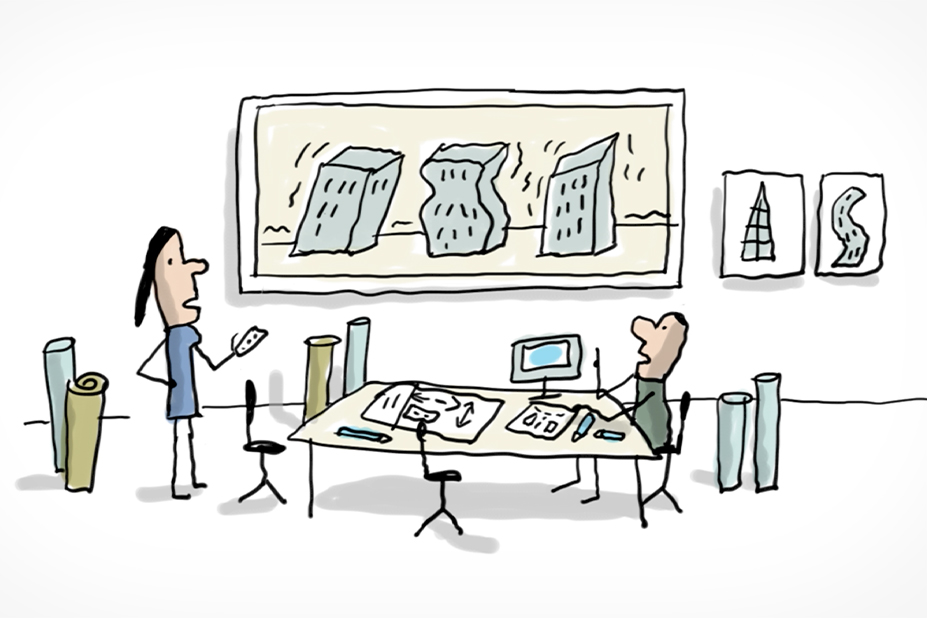Earthquakes are tremors of the earth’s crust.
A strong earthquake can destroy buildings and roads, and kill people.
The problem is that it’s impossible to predict earthquakes.
However, we do know which areas of the world are at higher risk of earthquakes.
In these areas, it is possible to construct buildings designed to resist earthquakes.
Special constructions are able to shake and deform to absorb the shaking of the ground.
Japan, for example, is a champion of earthquake-resistant architecture. This country in Asia regularly experiences big earthquakes.
But then, why do people still die when there are earthquakes?
Because it is expensive to build earthquake-resistant buildings. In poor countries, for example, these special buildings are rare.





 Retour
Retour